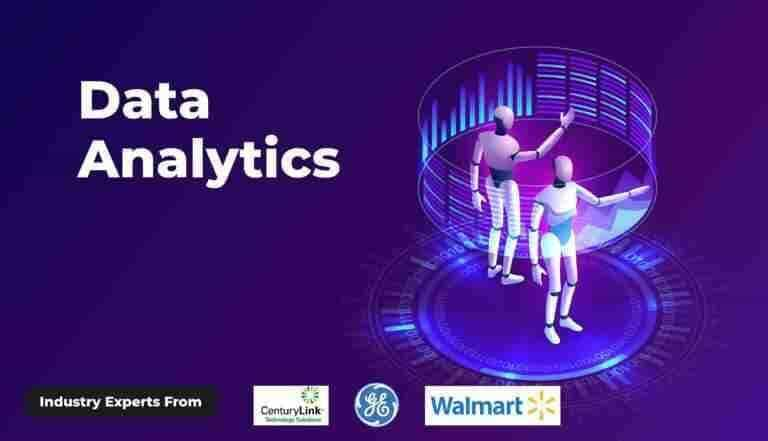PostgreSQL vs MySQL: 10 Critical Differences You Should Know



When it comes to selecting a relational database management system (RDBMS) for your application, two of the most popular options are PostgreSQL and MySQL. Both are open-source and widely used in the development community, but they come with distinct features, performance characteristics, and use cases. Understanding the key differences between them can help you make an informed decision for your project.
PostgreSQL and MySQL are both widely used open-source relational database management systems (RDBMS), but they have key differences in features, performance, and use cases.
PostgreSQL is known for its advanced features and SQL compliance. It is often favored for complex applications that require data integrity, transactions, and support for custom data types. It is fully ACID-compliant and offers rich features like JSONB, full-text search, and window functions. PostgreSQL is highly extensible, allowing developers to create custom functions, types, and indexes, making it ideal for data-heavy applications, data warehousing, and geospatial systems.
PostgreSQL: Known for its advanced SQL compliance, PostgreSQL supports many advanced features such as full ACID compliance, transactions, complex queries, and user-defined types. It is highly extensible and supports custom functions, triggers, and stored procedures. PostgreSQL follows the SQL standard more closely and includes sophisticated data types like JSONB, HSTORE, and arrays.
MySQL: While MySQL also supports ACID compliance with the InnoDB engine, it is often seen as less strict in terms of SQL compliance. MySQL supports fewer advanced features compared to PostgreSQL, and while it’s great for simple queries and high-speed read-heavy workloads, it can fall short in more complex database needs.
SELECT 'Hello' || ' ' || 'World';SELECT CONCAT('Hello', ' ', 'World');CREATE TABLE users (id SERIAL PRIMARY KEY);CREATE TABLE users (id INT AUTO_INCREMENT PRIMARY KEY);CREATE TABLE users (active BOOLEAN);CREATE TABLE users (active TINYINT(1));Choosing between PostgreSQL and MySQL depends on your project’s complexity, scalability needs, and performance requirements. PostgreSQL is ideal for complex queries, large datasets, and high-concurrency workloads. MySQL is better suited for simpler, read-heavy applications.
Consider aspects such as data structure, licensing, ecosystem, and developer experience. Understanding these 10 key differences will help you make the best choice for your specific application needs.
Both frameworks are excellent choices—select the one that aligns best with your goals and development workflow.
PostgreSQL is an advanced, object-relational database system with support for complex queries, custom data types, and full ACID compliance. MySQL is known for its speed and simplicity, making it suitable for read-heavy web applications. PostgreSQL is feature-rich, while MySQL prioritizes performance.
For read-heavy workloads, MySQL tends to perform better, especially in simple query scenarios. PostgreSQL excels in complex queries, transactions, and write-heavy applications, where advanced indexing and optimization techniques come into play.
Yes, both PostgreSQL and MySQL support ACID transactions. PostgreSQL provides robust support for complex transactions, while MySQL’s InnoDB engine offers ACID compliance, although PostgreSQL has more advanced transaction management features.
MySQL is often preferred for its ability to scale horizontally with replication and sharding techniques, making it suitable for web applications that need high availability and distribution. PostgreSQL can scale but often requires third-party tools for better horizontal scaling.
PostgreSQL uses a permissive open-source license (PostgreSQL License), allowing free modification and commercial use. MySQL is licensed under GPL (General Public License), which may require you to release source code for derivative works if distributed, although a commercial license is available through Oracle.
Yes, PostgreSQL can be used for web applications, especially those requiring complex data types, advanced queries, and high levels of consistency. MySQL is more commonly used in content management systems and e-commerce websites due to its simplicity and speed in handling basic operations.
PostgreSQL is better suited for large, complex datasets due to its support for advanced indexing, full-text search, and geospatial data types. It is ideal for big data and analytical workloads. MySQL can also handle large datasets but may face performance issues in complex query environments.
PostgreSQL has strong support for JSON with the JSONB type, enabling fast queries and indexing of JSON data. MySQL also supports JSON, but its functionality is more limited compared to PostgreSQL, with fewer advanced indexing and querying capabilities.
Yes, while both are SQL-based, there are syntax differences, such as string concatenation (|| in PostgreSQL vs CONCAT() in MySQL), auto-increment fields (SERIAL in PostgreSQL vs AUTO_INCREMENT in MySQL), and how limits and offsets are used in queries.
MySQL is generally considered easier to learn for beginners due to its simplicity, widely available tutorials, and user-friendly setup. PostgreSQL, with its advanced features and complexity, may have a steeper learning curve but offers more power for complex applications once mastered.
Personalized learning paths with interactive materials and progress tracking for optimal learning experience.
Explore LMSCreate professional, ATS-optimized resumes tailored for tech roles with intelligent suggestions.
Build ResumeDetailed analysis of how your resume performs in Applicant Tracking Systems with actionable insights.
Check ResumeAI analyzes your code for efficiency, best practices, and bugs with instant feedback.
Try Code ReviewPractice coding in 20+ languages with our cloud-based compiler that works on any device.
Start Coding TRENDING
TRENDING BESTSELLER
BESTSELLER BESTSELLER
BESTSELLER TRENDING
TRENDING HOT
HOT BESTSELLER
BESTSELLER HOT
HOT BESTSELLER
BESTSELLER BESTSELLER
BESTSELLER HOT
HOT POPULAR
POPULAR